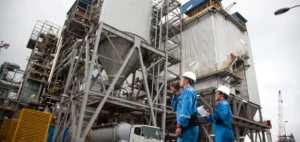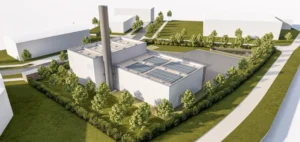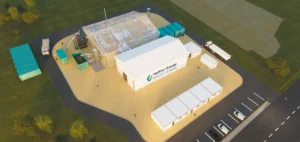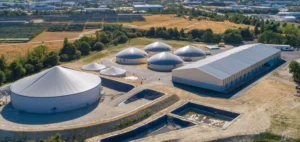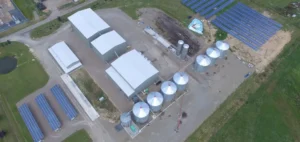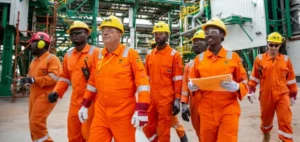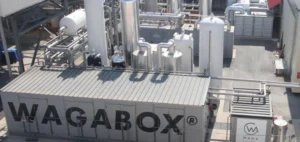Mondi has announced the construction of a new biomass power plant at its integrated pulp and paper mill in Ružomberok, Slovakia. The project, scheduled to be operational in 2027, will replace the current bark boiler and is expected to increase the site’s energy self-sufficiency from 75% to 90%. The total investment amounts to €120mn ($129mn), partly funded by the European Union’s Modernisation Fund, which supports energy efficiency improvements and modernisation of energy systems.
Reducing dependence on natural gas
Currently, Mondi SCP supplies district heating to the town of Ružomberok, relying primarily on natural gas. With the new power plant, the company plans to meet a larger share of local demand without depending on this resource. The facility will use residues from the pulp and paper production process to generate energy, thereby improving operational efficiency and reducing landfill waste.
Direct impact on operational competitiveness
The company stated that the project will strengthen operational resilience and supply reliability while enhancing cost competitiveness. “By increasing energy self-sufficiency, the project provides long-term operational resilience and supply reliability,” said Joachim Grunewald, Managing Director of Mondi SCP. This strategy is also expected to secure the energy supply needed for pulp and paper production, sectors highly sensitive to energy price fluctuations.
A project meeting the strictest standards
The biomass power plant will be designed to comply with the most stringent emission standards. According to Mondi, nitrogen oxide (NOx) emissions are expected to be cut by 50% and particulate matter emissions by 83% compared with the current boiler. The company confirmed that all biomass used will come from certified, responsibly managed forests, ensuring full traceability of supply.
The construction of this facility represents a strategic investment in Mondi SCP’s energy modernisation. By securing a greater share of its energy from internal and renewable sources, the Ružomberok site is positioned to better withstand pressure from energy costs and industrial performance requirements.





